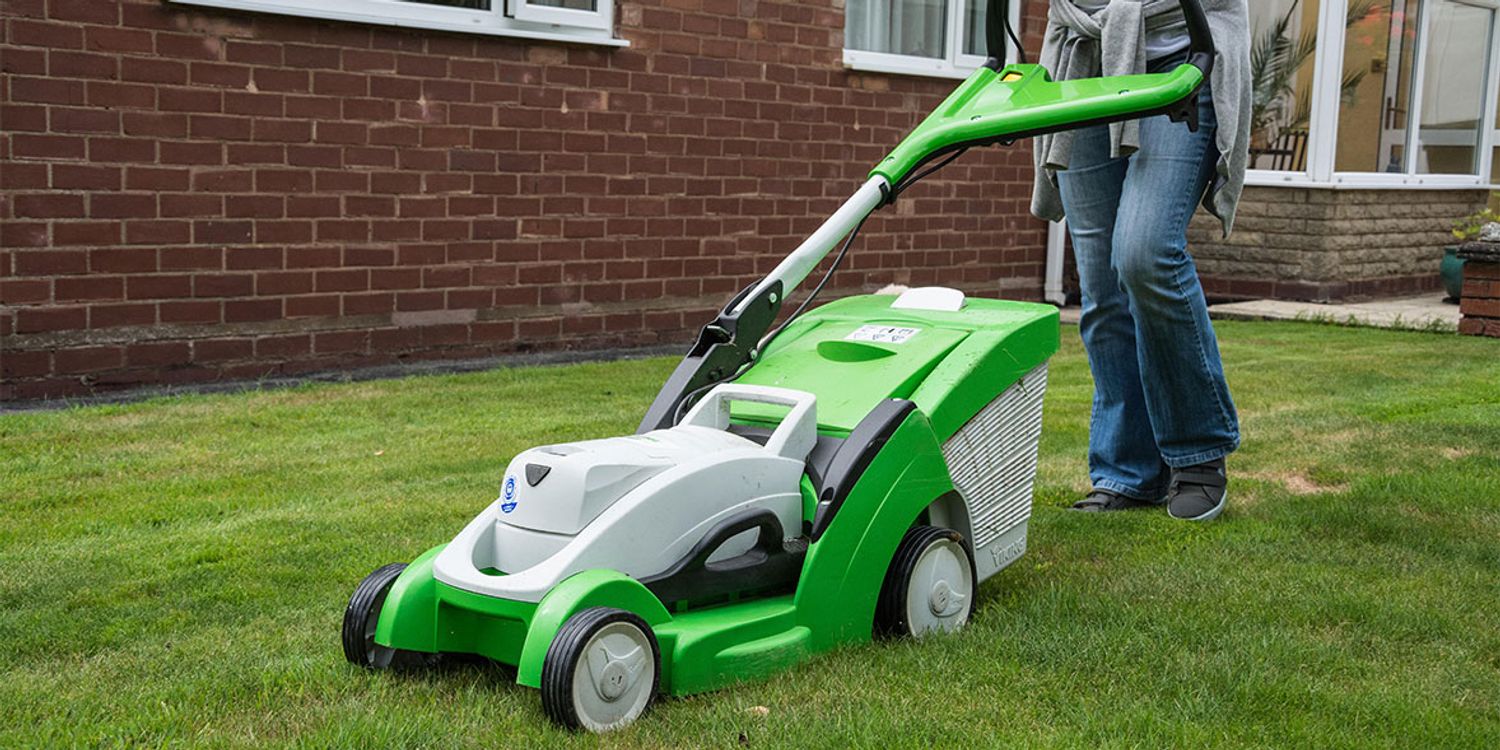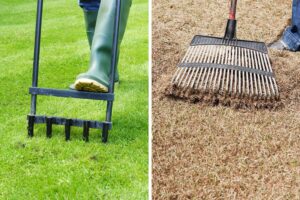Best Cordless Lawn Mower Article Guide
Overview
This document provides comprehensive guidance for creating a “Best Cordless Lawn Mower” product review article that aligns with our editorial guidelines. The article will serve primarily home gardeners and DIY landscapers, with valuable insights for professionals as well.
Article Structure
Headline
“Transform Your Lawn Care Routine With These Top-Performing Cordless Mowers of 2025”
Introduction (100-150 words)
- Identify the need: Time-saving, environmentally friendly lawn care solutions
- Overview of cordless technology benefits (quieter operation, zero emissions, maintenance simplicity)
- Brief market context (growth of battery technology, improved performance)
- Set expectations for what readers will learn (selection criteria, top recommendations, maintenance tips)
Selection Methodology (150-200 words)
- Testing protocol details:
- Multiple grass types (fine fescue, Kentucky bluegrass, Bermuda)
- Various conditions (dry, wet, tall, mulching)
- 6-week minimum testing period per model
- Comparison against gas-powered standards
- Assessment by both homeowners and professional landscapers
- Rating system explanation (performance, battery life, build quality, value, eco-impact)
- Disclosure of any manufacturer-provided units
Buying Guide (300-350 words)
- Understanding Battery Technology
- Voltage considerations (36V, 40V, 56V, 80V)
- Ah ratings and runtime expectations
- Battery system compatibility with other tools
- Charging time and dual-battery options
- Essential Features to Consider
- Cutting width (14″-21″) for different property sizes
- Deck material (plastic vs. metal) durability considerations
- Height adjustment mechanisms and range
- Collection systems (mulching, bagging, side discharge)
- Self-propelled vs. push options
- Folding handles and storage solutions
- Matching Mower to Property Size
- Small yards (< 1/4 acre): 14″-16″ models
- Medium yards (1/4 – 1/2 acre): 18″-19″ models
- Larger properties (> 1/2 acre): 20″+ models with extended batteries
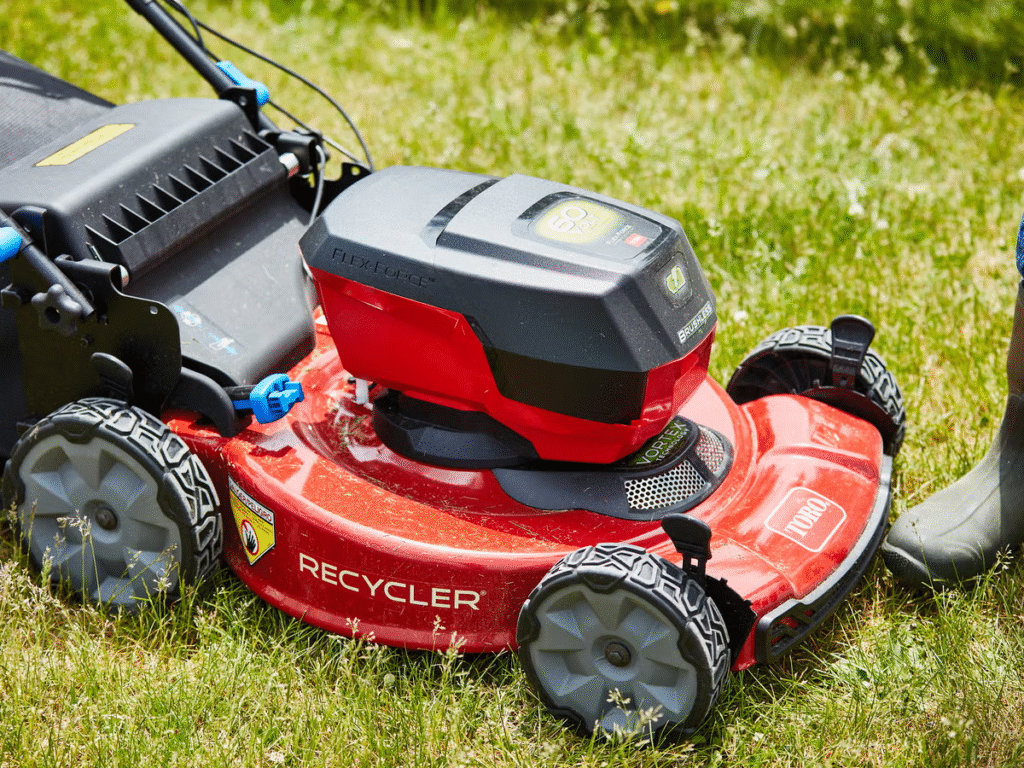
Top Recommendations (400-500 words)
Include 5-7 mowers across different categories with consistent information format:
For Each Mower:
- Info Box:
- Model name and manufacturer
- Battery specs (voltage, Ah, estimated runtime)
- Cutting width and height range
- Weight and dimensions
- Warranty details
- Price range
- Our rating (1-5)
- Performance Assessment:
- Cutting quality on different grass types
- Battery performance (runtime consistency, fade characteristics)
- Noise levels (measured in decibels)
- Ease of use (weight, maneuverability, control placement)
- Collection system effectiveness
- Standout Features:
- Unique innovations or design elements
- Special battery technology
- Durability factors
- Limitations:
- Honest assessment of drawbacks
- User types who should look elsewhere
- Conditions where performance suffers
- Value Proposition:
- Cost-benefit analysis for different user types
- Long-term operational savings vs. gas models
- Expected lifespan based on materials and build quality
Category Winners
- Best Overall Cordless Mower: All-around performance champion
- Best Budget Option: Quality performance under $300
- Best for Larger Yards: Extended runtime and wider cutting path
- Most Innovative Design: Unique features that solve common problems
- Professional-Grade Pick: Heavy-duty option for demanding users
Maintenance Guide (200-250 words)
- Battery Care:
- Proper storage during off-seasons
- Charging best practices
- Temperature considerations
- Signs of battery degradation
- Blade Maintenance:
- Sharpening frequency and technique
- Replacement indicators
- Safe handling procedures
- Seasonal Storage:
- Cleaning protocol
- Dry storage requirements
- Battery removal and maintenance
Environmental Impact (150-200 words)
- Emissions comparison with gas models
- Noise pollution reduction benefits
- Battery recycling information and programs
- Lifetime carbon footprint analysis
- Water conservation benefits (no washing gas/oil spills)
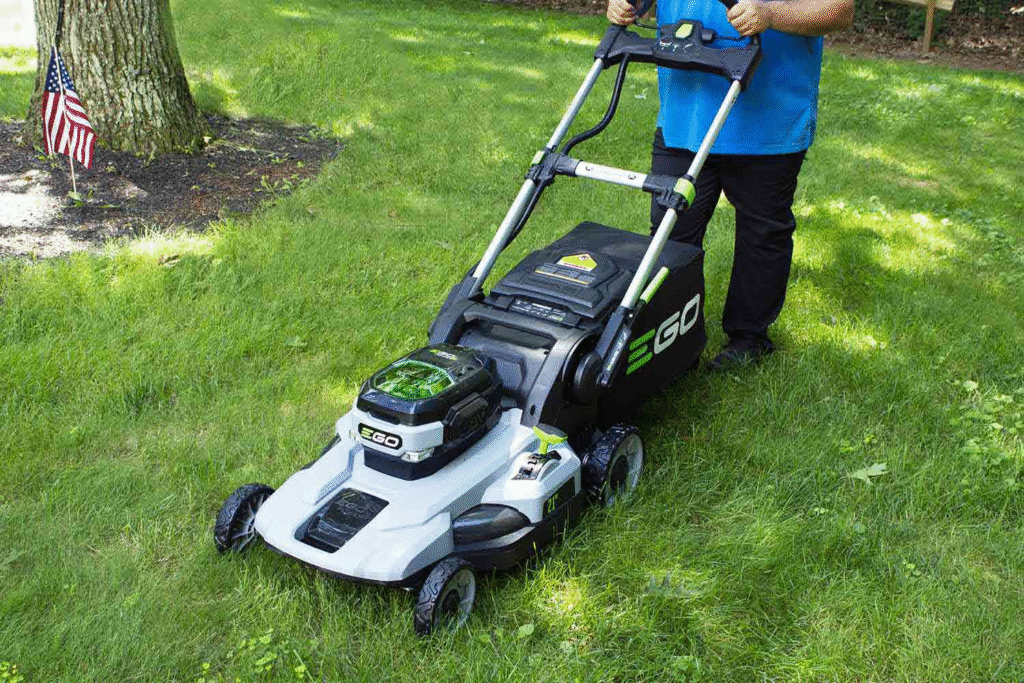
Expert Tips (100-150 words)
- Insights from professional landscapers
- Advanced techniques for optimal battery management
- Cutting patterns for efficiency
- Seasonal adjustment recommendations
FAQ Section (200-250 words)
Address common reader concerns:
- Runtime questions for different yard sizes
- Rainy weather operation safety
- Comparison with robotic mowers
- Battery replacement costs and availability
- Handling challenging conditions (wet grass, slopes)
- Mulching effectiveness compared to gas models
Call to Action
- Encourage readers to share their experiences
- Suggest questions for the comments section
- Offer to address specific regional considerations
- Mention upcoming related content (string trimmers, edgers, etc.)
Visual Elements
Required Imagery
- Hero image: Well-composed product lineup in garden setting
- Comparison chart: Key specs in easily scannable format
- Detail photos of distinctive features (battery systems, height adjustments, storage capabilities)
- Action shots showing actual use in varied conditions
- Before/after lawn results
- Infographic on battery technology comparisons
- Close-up shots of cutting deck designs
- Storage position demonstrations
Video Supplement Recommendations
- Sound level comparison between models
- Battery swap demonstration
- Storage folding technique
- Mulching performance in thick grass
- Slope operation demonstration
SEO Optimization

Primary Keywords
- Best cordless lawn mower
- Battery-powered lawn mower reviews
- Electric lawn mower comparison
- Eco-friendly lawn care equipment
Secondary Keywords
- Lithium-ion lawn mower
- Self-propelled electric mower
- Cordless mower runtime
- Zero emissions lawn equipment
- Quiet lawn mower options
Technical Considerations
- Schema markup for product reviews
- User-generated rating integration
- Product price comparison table (with affiliate disclosure)
- Brand comparison chart with filter options
Seasonal Timing
- Primary publication: Early March (pre-season purchasing)
- Update 1: Late May (based on early season performance)
- Update 2: August (end-of-season sales and performance review)
- Update 3: February (new model preview for coming season)
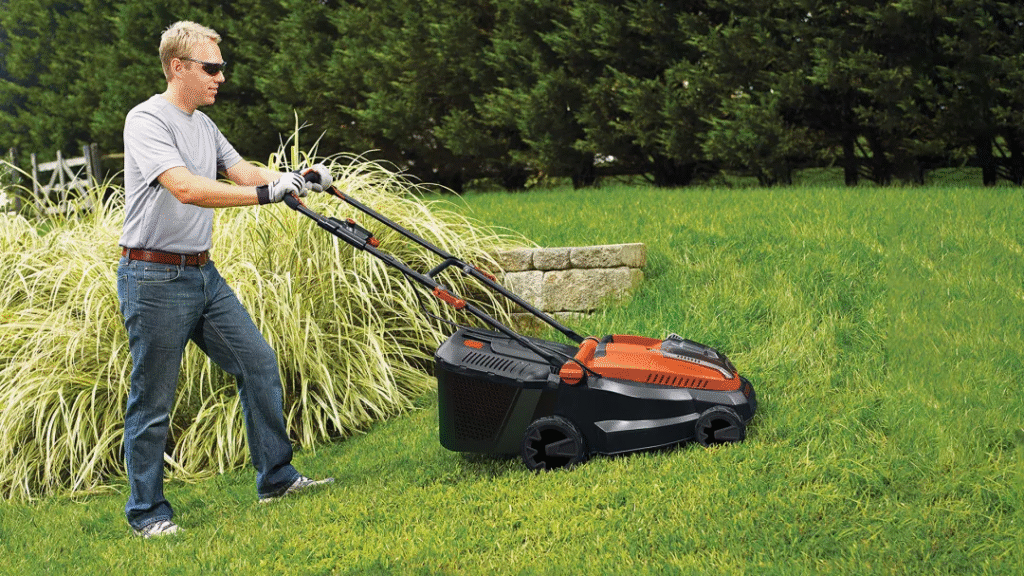
Disclosure Requirements
- Clearly state testing methodology limitations
- Identify any manufacturer-provided equipment
- Disclose affiliate relationships with retailers
- Acknowledge any relevant industry relationships
- Specify regional testing locations and grass types
Differentiation Strategy
- Focus on real-world runtimes rather than manufacturer claims
- Include multi-season durability assessments
- Provide specific regional recommendations based on climate zones
- Create proprietary “noise profile” ratings for suburban considerations
- Develop battery compatibility chart across manufacturer ecosystems
Quality Control Checklist
- Verify all specifications with manufacturer documentation
- Confirm current pricing across multiple retailers
- Validate all runtime claims with controlled testing
- Check warranty details for accuracy
- Ensure proper disclosure of testing limitations
- Verify battery recycling information
- Test all links to manufacturer support pages
- Confirm current model availability
Remember, this article should balance technical accuracy with practical advice. The goal is to help readers make informed decisions while emphasizing environmental responsibility and long-term value. Focus on empowering readers to select the right tool for their specific needs rather than pushing a single “best” option for everyone.
